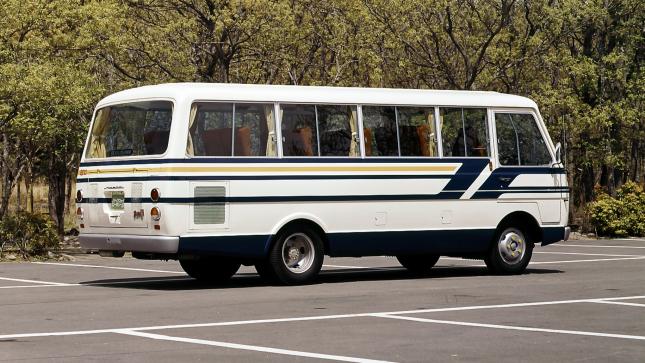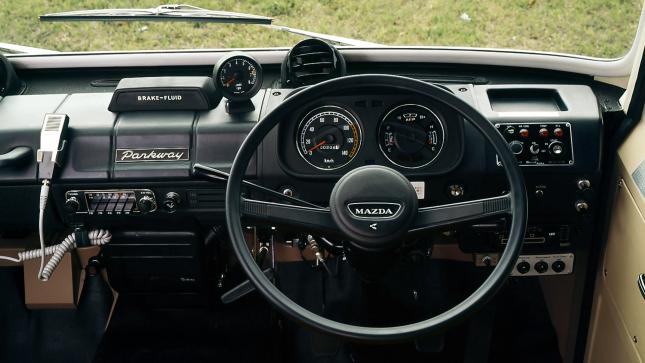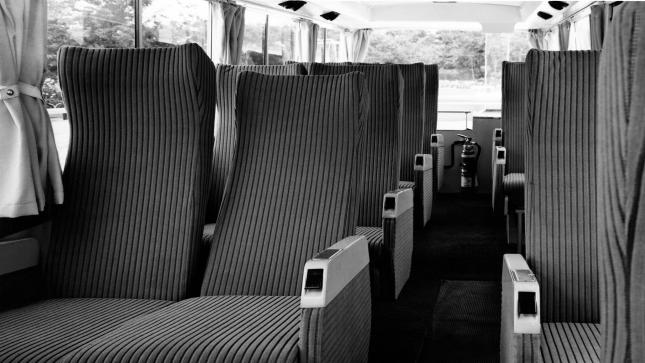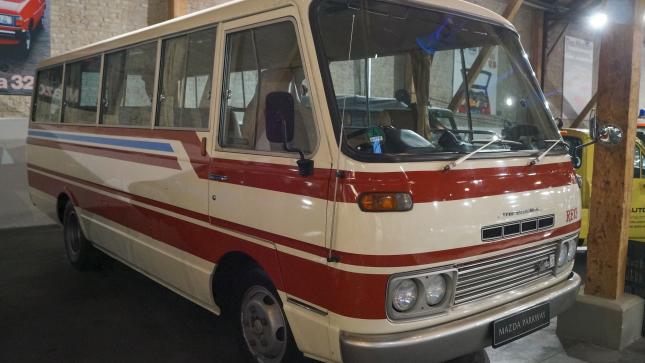Meet the rarest rotary-engined Mazda ever: a minibus
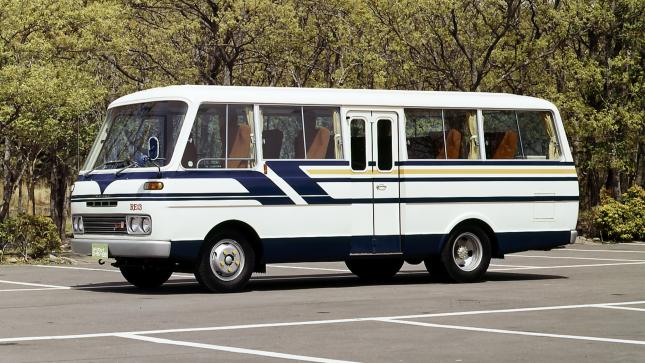
If you’ve read our beginner’s guide to Mazda (and if you haven’t, we highly recommend that you do) you’ll know that the rotary engine takes up quite a few chapters of the Mazda story. It was developed in the 1960s as the company sought an edge over its Japanese rivals, based on an idea that German engineer Felix Wankel had patented several decades earlier.
Using a central spinning part in the combustion cycle meant the rotary engine was lighter and more powerful than what piston engines could typically achieve at the time, and this made it ideal for sports cars.
The drawbacks - like a lack of power lower in the rev range, and fuel economy that would make even a Land Rover Discovery look smug - didn’t matter so much, and so the engine made its debut in the Cosmo Sport in 1967. Producing 110bhp at 7,000rpm and completing a quarter-mile sprint in 16.4sec, the Cosmo topped out at 185kph, thus proving that rotary power was viable, competitive and desirable. Win, win, win.
And that remained the case until the RX-8 was discontinued in 2012, some 45 years later. Not a bad innings at all. We might even see it return one day.
But what’s bizzare looking back is that in the 1970s, Mazda wondered if the rotary engine would work in something bigger than a sports car. Quite a lot bigger, actually. A minibus, to be precise.
Mazda had started making minibuses in the 1960s, revealing the 25-seat Mazda Light Bus at the Tokyo Motor Show in 1964. It was aimed at small businesses and schools, earning a reputation for comfort, among other qualities. It was a versatile thing too: the ‘freestyle’ rear doors meant it could be used as an ambulance in its early days.
But by the 1970s it was in need of a refresh, and it was eventually replaced by the Parkway 26 (that being the number of passengers it could carry) in 1972. Continuing the theme of comfort and safety, it featured fancy tech such as radio (well, it was fancy at the time), and powerful heating to keep occupants warm in the harshest of winters. Back then, this was the Mercedes S-Class of the minibus world. Oh yes.
So why give it a rotary engine? By 1974, the problem of pollution was becoming ever more talked about around the globe, and Mazda decided to fit the Parkway 26 with the 13B rotary unit from the RX-3 sports car. After all, it sailed through Japan’s emissions tests and was still a high-performing, smooth power plant. What could possibly go wrong?
Well, the numbers just didn’t stack up. Already weighing almost three tonnes, the minibus needed a pair of 70-litre fuel tanks to make up for the engine’s woeful efficiency, and a whole, separate 1,000cc reciprocating engine was needed to run the air con when customers dared choose it as an option.
All in this added some 400kg to the kerb weight and made the running costs even worse. As such the rotary-engined Parkway flopped and in three years Mazda sold a grand total of… 44. Not forty four thousand or forty four hundred. Forty four.
By 1977 Mazda had realised its mistake and the rotary engine quietly made way for a more conventional diesel. The next-generation Parkway appeared five years later, and the minibus never again returned to rotary power before it was discontinued in 1995.
Despite being unpopular the rotary-engined Parkway wasn’t bad to drive at all, and today it’s surely the rarest of rare, rotary vehicles. Mazda says a surviving example is going on display at the Mazda Classic Museum in Augsburg, Germany, so if you’re in the area be sure to pop in and marvel at the Japanese firm’s premier ‘What were they thinking?’ moment.

